adamasgem
Brilliant_Rock
- Joined
- May 23, 2003
- Messages
- 1,338
----------------
On 10/9/2004 7:52:00 AM Serg wrote:
reo you mean glare, If you do there is no chromatic flare from glare.
Main flashes after 4 'refractions' could have much bigger intensity. Yes, I ask about first reflection( 0 refraction), and first reflection should gray( although reflectivity factor depends from wave-length .)
I agree, that's why there is no "flare" from the glare, angle of reflection = angle of incidence, independent of wavelength, and it should "gray". I agree.. The plotted position of the "first reflection" is again a function of the position and angle of incidence
re:As to your meaning of 'first reflection', the results are dependent on the point of incidence on the stone.
Please use same algorithm for this test.
Why do you want use special algorithm for first reflection?----------------
I don't understand your question regarding "special algorithm". All internal paths are processed with the same algorithm in my software.
The "problem" is that we have to define the same input conditions, that is why I suggest using the centroids of the facets and a POINT source (spot with no area) which will then fix the angle of incidence to each facet.
On another note, I've looked at removing the "non-flare" refractions from any metric for flare. What I mean is that to be counted towards a metric for "chromatic flare", there MUST BE two or more physically adjacent and unbroken points of color, from sequential wavelengths) coming from the same incident ray. I.E. a spectrum from > is a flare while a sequence > is not counted as "flare" even though it might resolve in a composite "picture" as looking like a "flare".
Also ,one of the problems I mentioned before, is the ambiguity created when a ray randomly hits (near) a facet junction, which facet is it reflecting from, given the numerics of the problem. You have to make that decision in the software by defining constraints and tolerances for picking one facet over another.

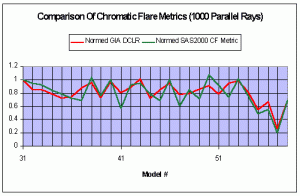
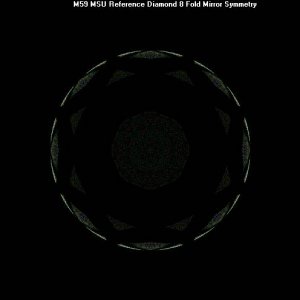

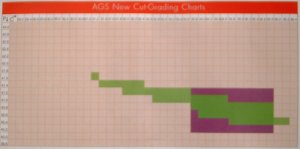
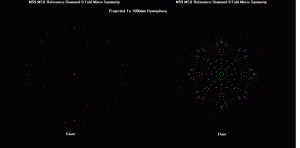
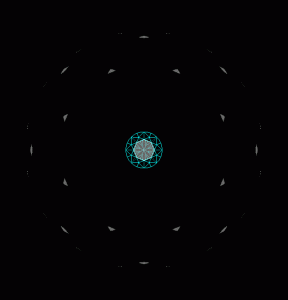
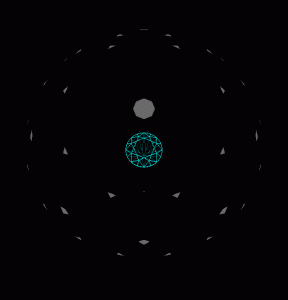
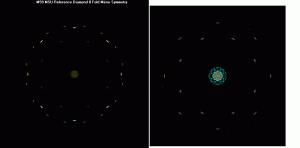
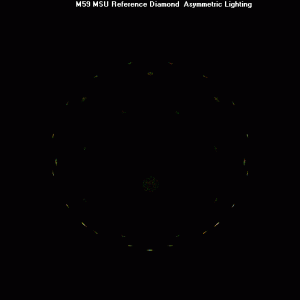
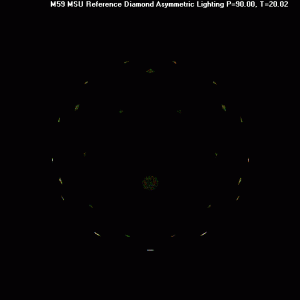
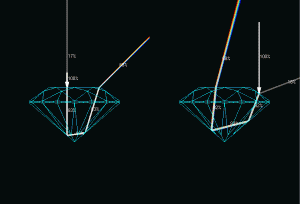



300x240.png)